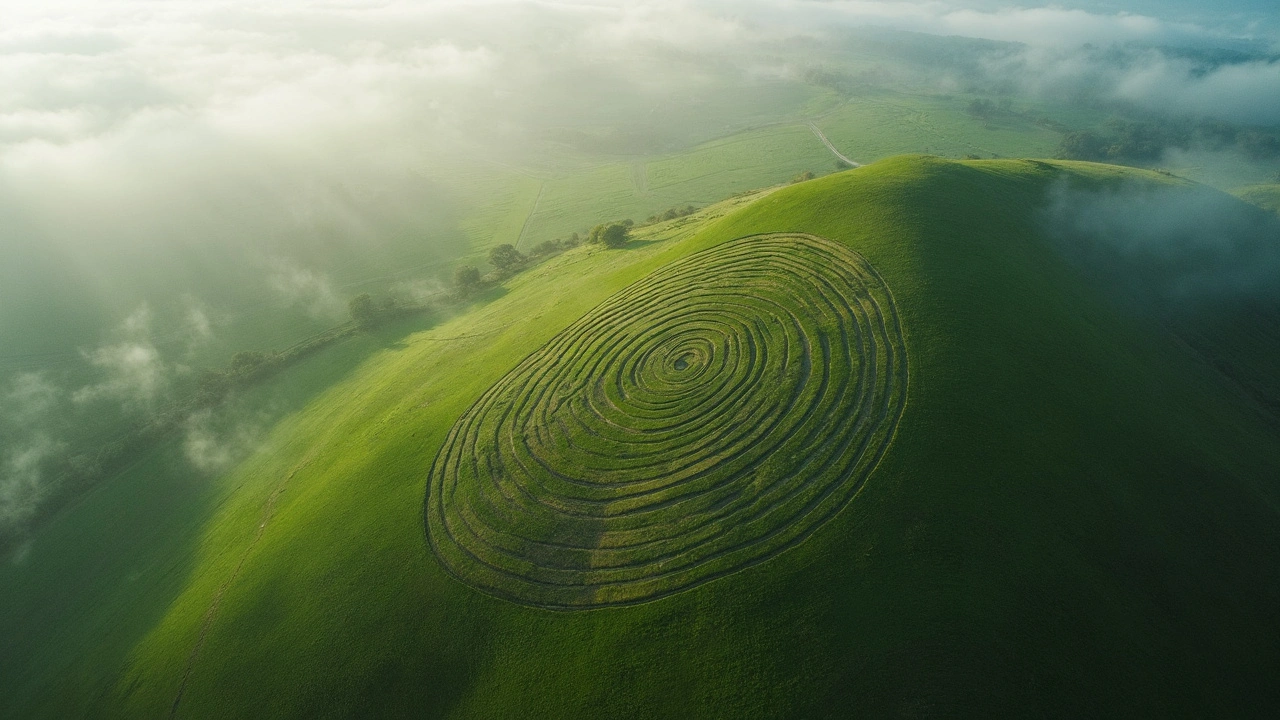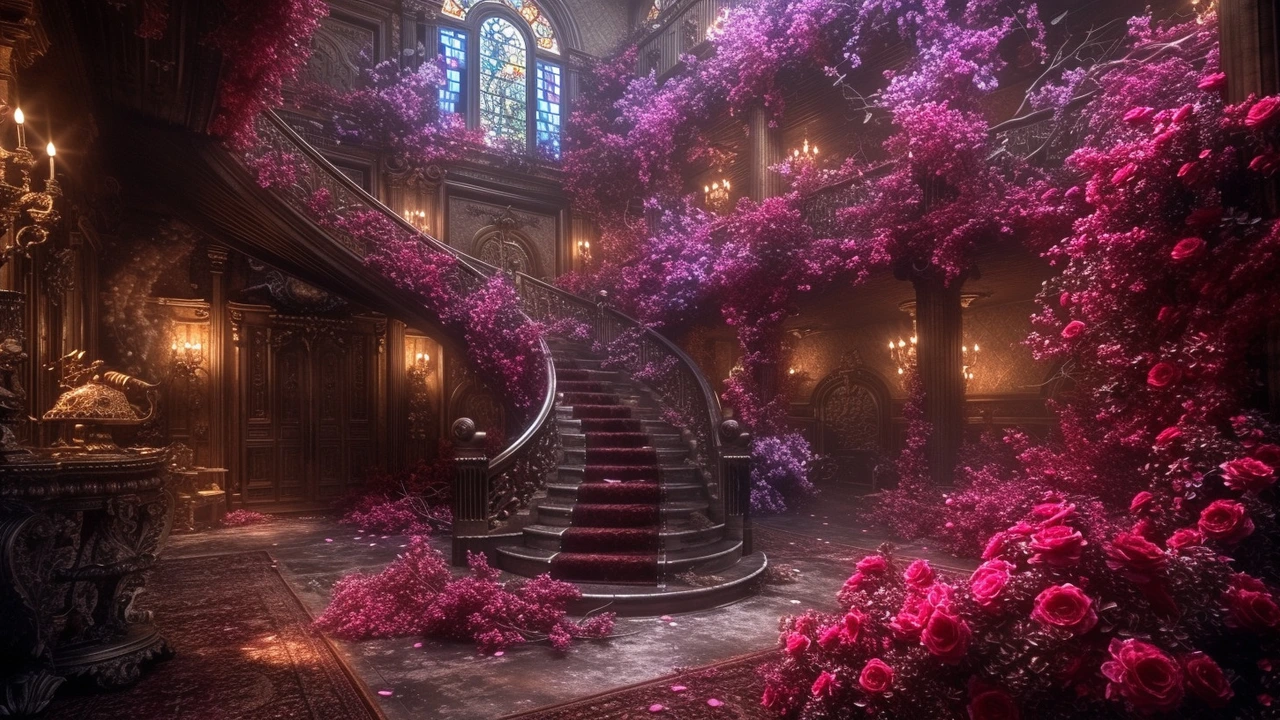Nature in Art: Ideas, Tips, and Where to Start
Nature is the most copied subject in art because it’s always changing and always useful. On this tag page you’ll find practical guides, artist spotlights, and project ideas—everything from hyperreal landscape painting to large-scale land art that reshapes public space.
If you want quick wins, start with photos. Use a handheld camera or your phone and take shots at three times of day: golden hour, midday, and blue hour. Compare the colors and shadows in those images when you work back in the studio. Photorealism pieces benefit from tight reference photos; looser landscape work can come from blended sketches of several shots.
Simple techniques that improve nature art fast
Think in layers: block in big shapes, add midtones, then place highlights last. For foliage, paint using varied brush sizes and directions—tiny strokes for leaves up close, broad washes for distant treelines. Limit your palette to 5–7 colors to keep harmony; add one unexpected color in the shadows (like a cool blue) to make the warm highlights pop.
For texture, mix a little sand or acrylic gel with paint for rough ground or tree bark. If you work digitally, use textured brushes and overlay scanned watercolor washes to break perfect edges. Scale matters: adding one oversized natural element—like a single exaggerated rock or branch—gives the viewer an entry point into the scene.
Projects and ideas you can try today
Try a 30-minute plein-air study: set a timer and paint the scene in three 10-minute passes—values, color, then detail. For a bigger challenge, create a photorealism study from a close-up plant photo and then a small, loose companion piece of the same plant painted from memory. That contrast trains both accuracy and expressive recall.
Love public art? Check our piece on land art and urban design to see how artists turn parks and plazas into living sculptures. If you like interiors, the Avant-Garde Home Décor article shows how to bring outdoor vibes inside—think living walls, nature-inspired palettes, and art placements that mimic sunlight paths.
Want to learn from masters? Read the photorealism features and the Top 10 Photorealism Artists post for names, images, and techniques you can copy and remix. For immersive, large-scale ideas, our installation art posts explain how artists use space, light, and materials to make nature feel bigger than it is.
Use this tag as a roadmap: pick one how-to, one artist profile, and one project idea. Try each, compare what worked, and widen your toolkit. Nature gives you endless subjects—pick one small corner and get to work.


